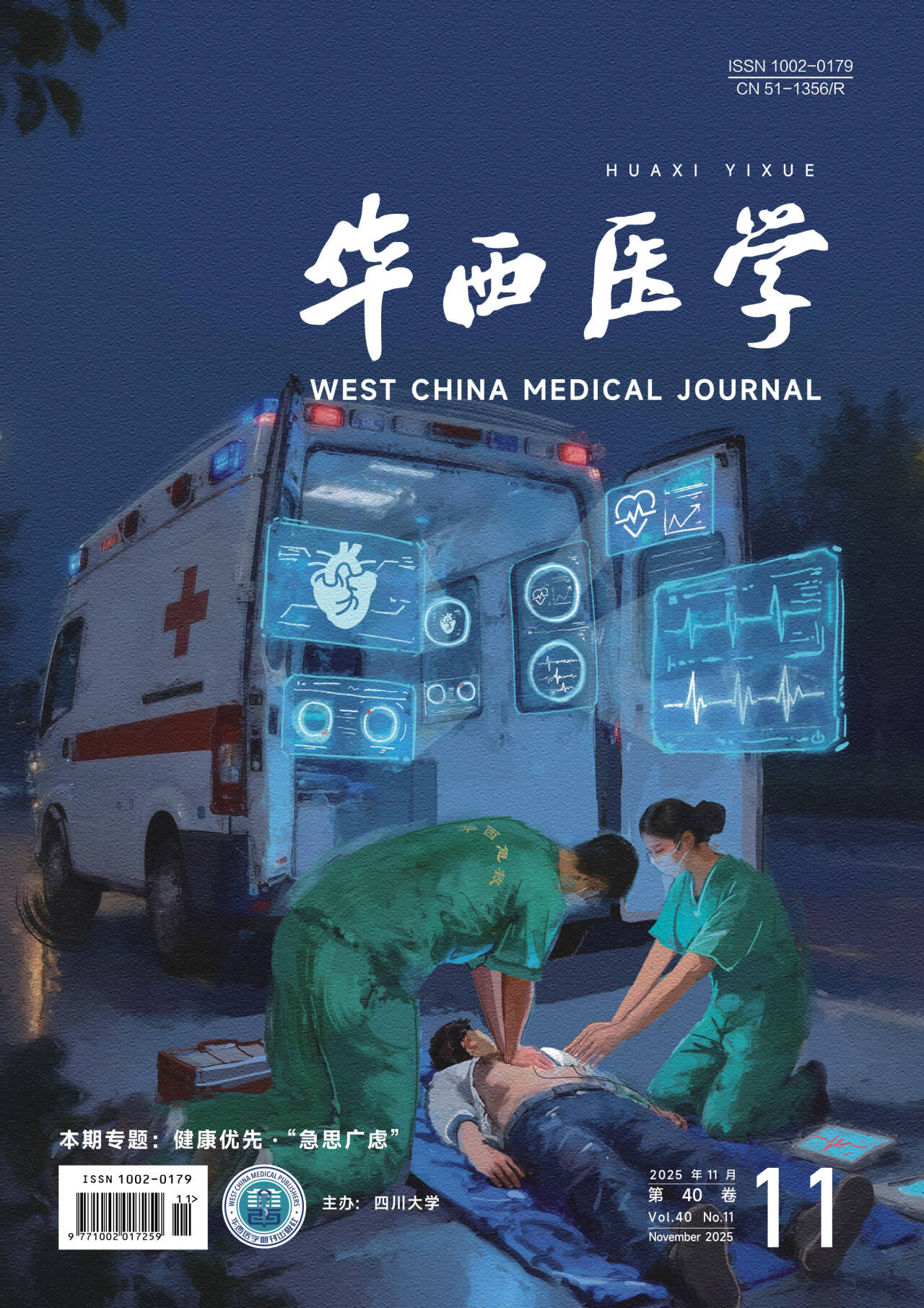【摘要】 目的 比較生血寧片和多糖鐵復合物膠囊兩種口服鐵劑在治療維持性血液透析患者腎性貧血中的治療效果。 方法 2008年12月-2010年6月間選擇40例維持性血液透析貧血患者,隨機分為生血寧片組和多糖鐵復合物膠囊組,每組20例,觀察期為8周。分別檢測兩組患者用藥前及用藥后4、8周時血紅蛋白、紅細胞壓積、血清鐵蛋白、轉鐵蛋白飽和度等指標情況。同時兩組患者均使用基因重組人促紅細胞生成素,按100~120 U/(kg·周),分兩次皮下注射。 結果 治療前兩組指標無明顯差異,治療后兩組患者的血紅蛋白、紅細胞壓積、血清鐵蛋白以及轉鐵蛋白飽和度較治療前均顯著上升,且兩組患者升高的幅度相比,生血寧組升高的幅度更顯著。治療結束時,兩組患者不良反應方面的差異無統計學意義。 結論 兩種口服鐵劑均能有效地糾正血液透析患者的鐵缺乏及貧血狀況;生血寧片組的作用更顯著,且還具備降低患者促紅細胞生成素使用量的作用。
【Abstract】 Objective To compare the effect of Shengxuening piece and capsule polysaccharide-iron complex on anemia in hemodialysis patients. Methods A total of 40 patients with anemia in maintenance hemodialysis treated between December 2008 and June 2010 were randomly divided into Shengxuening piece group and capsule polysaccharide-iron complex group; the patients were observed for 8 weeks. Hemoglobin (Hb), hematocrit (Hct), serum ferritin (SF), transferrin saturation (TSAT) and other indicators were detected before treatment four and eight weeks after the treatment. While patients were used recombinant human erythropoietin (EPO) according to 100-120 U/(kg·week), twice subcutaneous injection. Results Before treatment, there was no significant difference between the two groups. Hb, Hct, SF and TSAT increased significantly after treatment in both of the groups and specially in the Shengxuening piece group. After the treatment, the difference in the adverse reaction between the two groups was not significant. Conclusions Both oral iron can effectively correct the hemodialysis patients with iron deficiency and anemia. However, Shengxuening has more significant role and may reduce the use of erythropoietin in patients with hemodialysis.
Citation: YANG Yue,FENG Shenggang,BAI Yajun,DU Yanbin. Clinical Observation on Shengxuening Treating Anemia in Hemodialysis Patients. West China Medical Journal, 2011, 26(11): 1646-1648. doi: Copy
Copyright ? the editorial department of West China Medical Journal of West China Medical Publisher. All rights reserved




